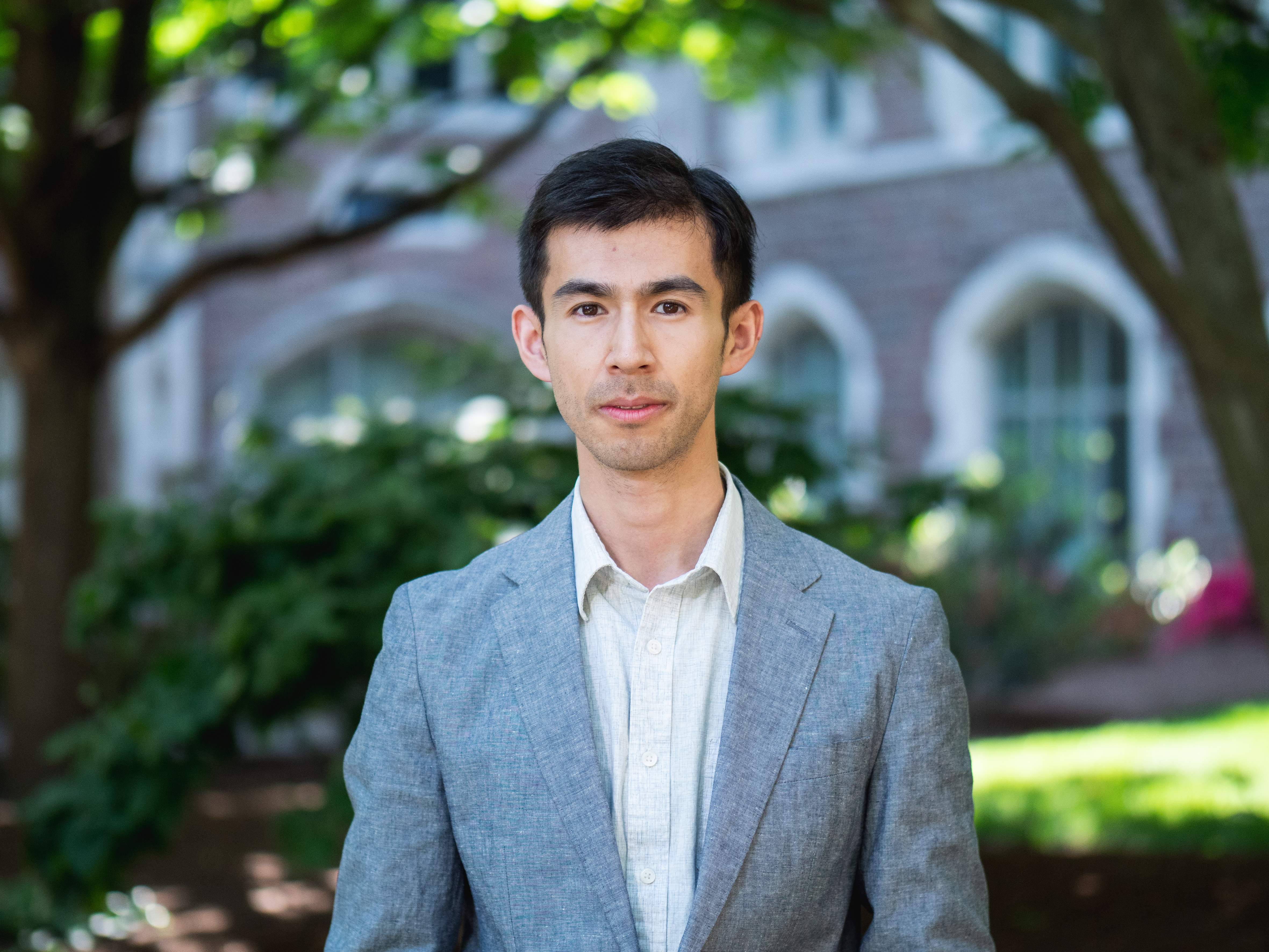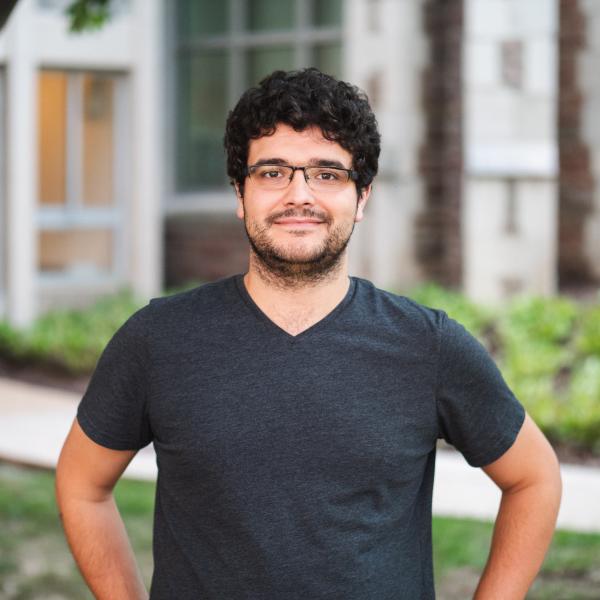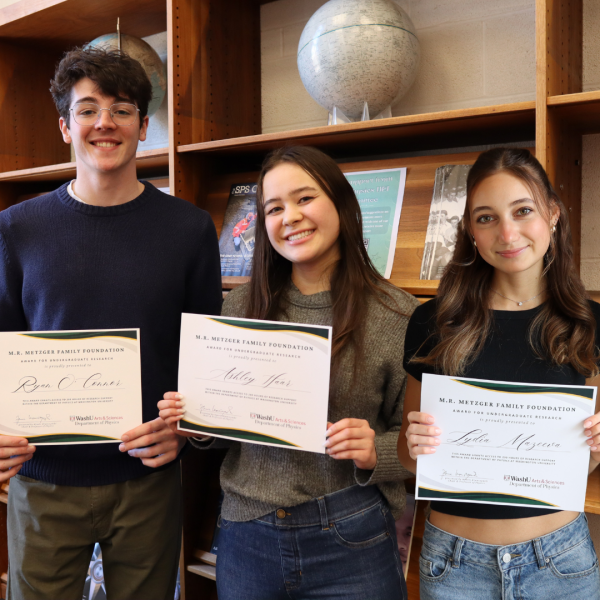Sheng Ran has won a prestigious National Science Foundation award for a project investigating new quantum materials, research with potential applications for next-generation electronics.
Sheng Ran, assistant professor of physics, won a Faculty Early Career Development Program (CAREER) award from the National Science Foundation (NSF) for his project “Discovery and Characterization of Strongly Correlated Topological Materials.” This highly competitive award is reserved for junior faculty who successfully combine research with mentoring and education.

The grant will support Ran in his continued work to find quantum materials with special characteristics that could be useful for next-generation electronics. He is particularly interested in finding topological materials, which have surface properties that are different than the substance underneath.
Historically, such materials have been discovered by theorists. When their calculations pointed to materials that might work as topological insulators, experimentalists such as Ran would combine the materials to see if those calculations were correct. “The theories have been so successful that experimentalists haven’t had an important role in discovery,” he said.
Now, with the help of the CAREER award, Ran plans to search for materials beyond mathematical predictions. Specifically, he’s looking for topological materials that are also strongly correlated, which means that the electrons within the materials interact with each other. That additional parameter makes the system far too complicated to envision through calculations alone, Ran said. “No one can easily predict which topological materials are also strongly correlated,” he said. “That’s where experimentalists come in.”
In his search, Ran will combine the element uranium with materials that have a certain symmetric crystalline structure. His search criteria limit the number of candidates to about 50 different material combinations, a manageable task in an otherwise overwhelming world of possibilities.
Topological materials pose intriguing theoretical challenges, but there’s also a practical side to the quest. As Ran explained, such materials would be ideal for creating “spintronic” devices, which use the spin of electrons as well as the charge to deliver and store information. Such devices could be especially important for quantum computing and other technologies.
Ran said he is grateful for the award and the support of the National Science Foundation. “This is very exploratory work,” he said. “The award gives us the opportunity to try something risky. We’ll be working very hard in the next few years to see where it goes.”




